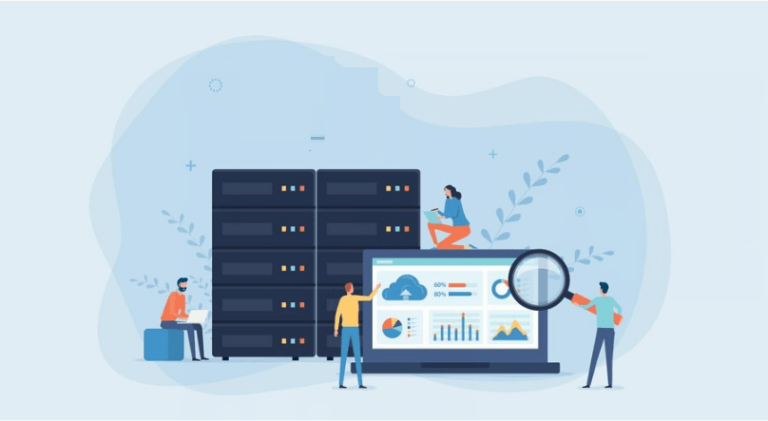Data and files have to be counted among any organization’s critical assets along with products, cash, securities, raw materials and intellectual property. That makes disaster recovery (DR) and continuity of operation (COOP) systems the insurance policies that data assets from loss. Corporate and government executives understand this. Yet all too often, they are still unwilling to allocate adequate budgets to their IT departments to protect their data. Executives ever-aware of budgetary pressures often make the mistake of believing backup and disaster recovery does nothing to enhance their organization’s bottom line or its mission. To determine if outsourcing backup and DR to a cloud provider makes sense, all IT decision makers need to understand how much it costs to provide a similar service level internally. In this eWEEK slide show, Chris Poelker, vice president of enterprise solutions at FalconStor Software, explores 10 tips to validate any new DR and COOP technology to determine whether the cost of implementing it is justified.
Similar Posts

Nirvanix Deal To Expand SmartCloud Storage
IBM and Nirvanix announced an agreement Wednesday that will incorporate the smaller firm’s cloud storage technology into Big…
Symantec Acquires Ediscovery Tech
Symantec Corp. (Nasdaq: SYMC) is bolstering its storage credentials with the acquisition of privately held Clearwell Systems. Symantec…

Apple Eyeing Acquisition Of SSD Controller Specialist Anobit?
Apple is reportedly in talks to acquire solid state drive (SSD) controller technology specialist Anobit for $400 million…

EMC Avamar: High Performance Backup And Recovery For A Software-Defined Data Center
Protecting The Software-Defined Data Center Data centres are becoming more difficult to manage and protect as more data…
Quantum Stuffs More LTO Capacity Into Its Scalar i6000 Tape Library
Quantum has upgraded its Scalar i6000 tape library, allowing organizations to backup and archive more data in less…

Amazon Floats Glacier Cloud Archiving At A Penny Per Gig
Amazon, which helped popularize cloud computing, is now turning its attention to long-term cloud archiving with the company’s…
